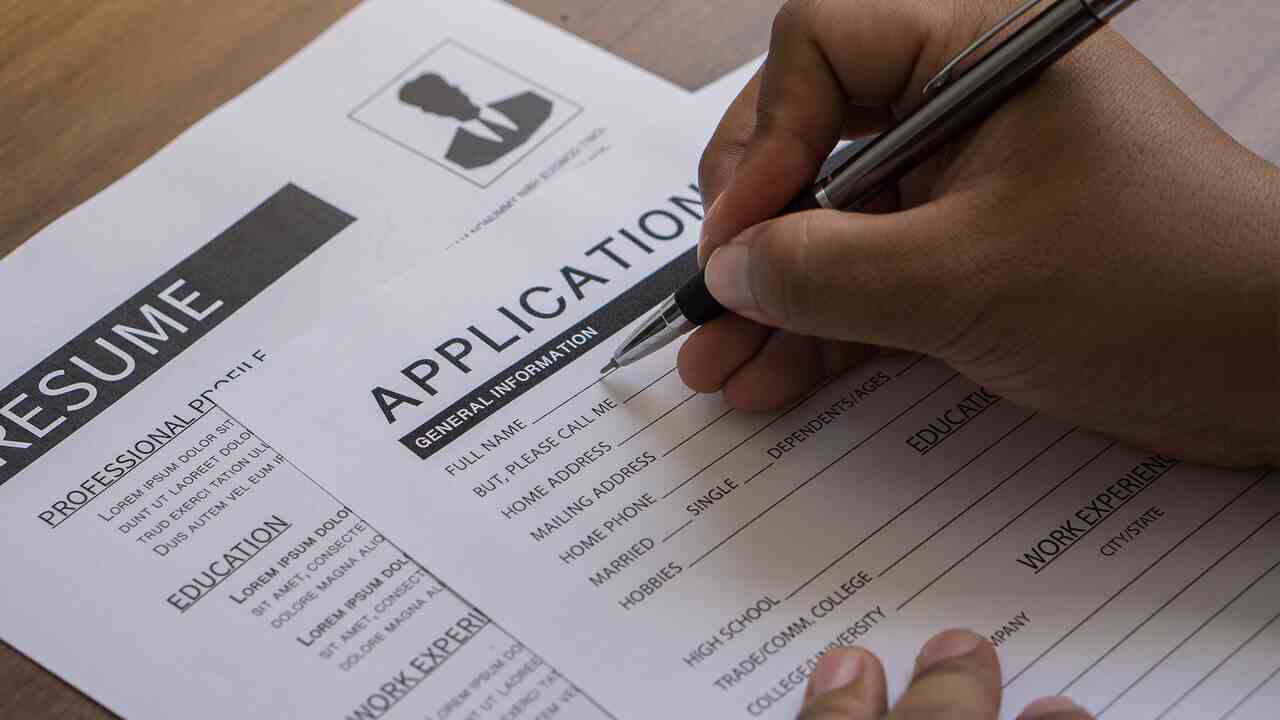Resumes can be tricky. You're trying to prove you’re capable, experienced, and hire-worthy... all on one piece of paper. And if you’re early in your career or switching paths, it can feel like your experience just isn’t enough.
But here’s the good news: looking experienced on your resume isn't about faking anything. It’s about framing what you’ve already done in a way that feels confident and grown-up (without sounding like a robot or trying too hard).
So grab that resume draft, and let’s make it shine with these seven simple (but game-changing) tweaks.
1. Ditch the Task List—Go for Results
If your bullet points sound like a to-do list, it’s time for a glow-up. Saying “Managed social media accounts” sounds… okay. But it doesn’t tell anyone how good you were at it.
Instead, focus on what happened because you were the one doing the work.
Before:
- Managed company Instagram account.
After:
- Boosted Instagram followers by 40% in six months with consistent posting and engagement strategies.
Even if your role was entry-level, you probably improved something. Show that off.
Start each bullet point with a strong action word—like “launched,” “created,” “increased,” or “streamlined.” Instant confidence boost.
2. Combine Freelance Gigs and Projects into One Section
Have a bunch of small freelance jobs, internships, or school projects scattered across your resume? Group them under one clean section like “Professional Experience” or “Selected Work.”
Why? Because it reads like a cohesive career path instead of a patchwork of one-offs.
Example:
Freelance Marketing & Design Projects
2022–2023
- Designed branded social content for a local café, increasing foot traffic by 25%.
- Wrote SEO blog posts for a tech startup that ranked on page one for targeted keywords.
No one's wondering if you’ve been "unemployed"; they're thinking, “This person’s been busy.”
3. Let Go of the Fluff (Yes, Your High School Too)
Still listing your high school four years into your career? Let it go, my friend. The same goes for fluffy resume sections like “Hobbies” or those old-school “Objective” lines that say something vague like, “Looking for a challenging opportunity to grow…”
Use that space for something more powerful, like a short “Summary” or a “Key Skills” section.
Example:
Summary
Detail-oriented marketer with hands-on experience in social media strategy, content creation, and customer engagement. Passionate about building online communities that actually talk back.
4. Make Your Entry-Level Jobs Sound Strategic
Yes, even working at a coffee shop or folding jeans at a mall can sound professional—if you frame it right.
Instead of:
- Took customer orders and worked the register.
Try:
- Delivered fast, accurate customer service during peak hours, balancing speed with friendliness and resolving issues on the fly.
When in doubt, ask yourself: “What skill did this teach me that I’d want to bring into my next role?”
5. Add a “Skills in Action” Section
Want to sneak in a little bragging—without actually bragging? Create a sidebar or a separate section that shows how you used specific tools or skills in real life.
Example:
Skills in Action
- Canva: Created branded templates for social media and email newsletters
- Google Sheets: Built budget tracking sheets for student club events
- Project Management: Coordinated a three-person team to launch a fundraising campaign
It’s a subtle way of saying “I know what I’m doing,” especially if you’re breaking into a new field or self-taught in certain tools.
6. Upgrade Your Formatting Game
Even if your content is solid, poor formatting can make it feel amateur fast. A cluttered or outdated resume is like showing up to an interview in a wrinkled hoodie.
Here’s how to fix that:
- Use one professional font (no Comic Sans, please). Calibri, Helvetica, or Arial work well.
- Keep your layout clean—align your dates, bold your job titles, and keep spacing consistent.
- Ditch the pastel Canva templates unless you’re applying to a design job.
- Save it as a PDF with a clean file name like
YourName_Resume.pdf.
Also? Hyperlink your LinkedIn or portfolio in the header. Subtle, but effective.
7. Move the Good Stuff Up Front
You don’t have to list everything in strict chronological order. If you just finished a killer certification course or launched a side project that’s super relevant, bump it higher.
Example:
Relevant Experience
UX Design Bootcamp Project
2023
- Redesigned a nonprofit’s donation page, leading to a 15% increase in conversions.
- Conducted user testing with real volunteers and iterated based on feedback.
Work History
Barista – Greenleaf Café
2021–2023
This doesn’t hide anything—it just helps hiring managers see the most important stuff first. Think of it as curating your highlight reel.



